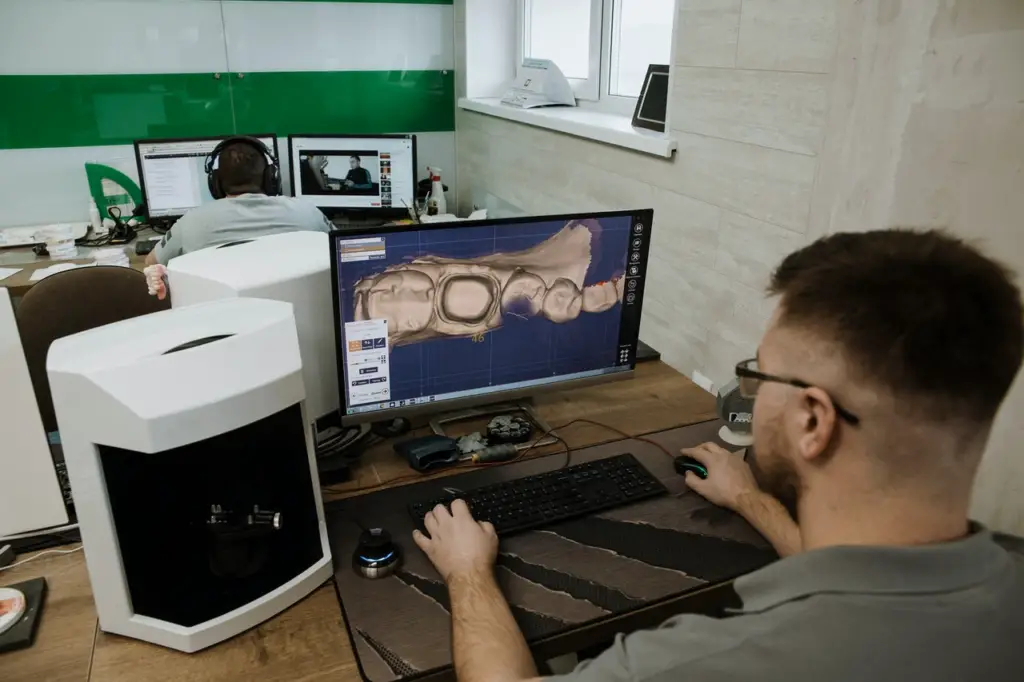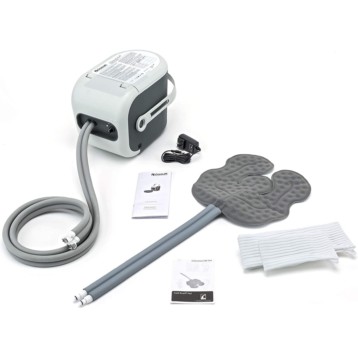
Not enough attention is paid to how medical science will evolve in the future. Like all sectors, medical science will benefit from an update that will make today’s standard look like a Nokia 3210, if it doesn’t already.
If you think about it, despite life sciences advancing in the past 20 years, the way you experience diagnosis, treatment and even solutions to problems like disabilities, lags way behind the technological developments that have been seen in other areas of industry. The point being that the update you are likely to see in the very near future will be the difference between pre-internet 1995 and your touchscreen smartphone now.
Below are examples of some of these advances, taken from randomly selected areas of medical science, just so you get an understanding of how different the landscape of healthec is set to become. Be warned, you may no longer be able to tick boxes on web pages that ask if you’re a robot!
Regenerated limbs, Bionic limbs and exoskeletons
Losing a limb has life changing implications, not only physically, but mentally and emotionally too. For many it means that life never looks the same again, and sadly hundreds, if not thousands of people each year become amputees.
The good news is that it isn’t as debilitating as it once was. You only have to turn to the paralympics to see how empowered amputees have become, and for most it no longer means being imobile or incapable. But, what of the future of amputees and dsiabled people?
Well, it is looking extremely promising. New technological advances have science exploring the possibility of regenerating limbs. It is based on the understanding that some creatures have a genetic ability to regrow parts or all of their bodies back, no matter how badly damaged. The aim is to determine the extent to which humans can trigger their brains and genes to do the same as we largely share the same genetic coding as other organisms. In a revolutionary procedure, a patient’s severed hand has been sewn to their abdomen to provide a fresh blood supply to regrow nerves with the view of reattaching it later.
While growing back limbs is the ultimate goal, we are not quite there yet, but don’t worry, gone are the days that amputees walk around like Captain Hook. Now, there are bionic limbs, prosthetics that have come so far that the next time you are asked your ethnicity, you could get away with saying you were a cyborg. They are lightweight, have cool designs, electronic grip systems and have sensors to assist with movement, so you can always get the most out of your arm. Their special sensors detect muscle impulses that allow easy control and coolest of all, they come in superhero designs, so you can choose between iron man or a stormtrooper, to name a few.
If that wasn’t enough, science geeks have gone all out to create exoskeletons, robotic body armour like shells that you control from the inside. They are power assisted, so carrying heavy loads is a breeze. This is full on Iron man. Disabled people and the elderly will be able to enjoy greater mobility and for longer, without the risk of injury,
Precision medicine – medicines made especially for you.
As it stands, medicines and clinical trials are based on generic assumptions relating to how a member of the population will respond to treatment. That is to say, it is perceived that if a medicine works on a particular group or sub-group, then it will likely have a similar effect on someone from a similar group. That may be true, but is it the optimal way to treat patients?
There is a new school of medicine that aims to develop medicines that are specific to particular gene groups, i.e.diseases that are inherited, or those that are more prevalent in particular gene groups like sickle cell, that is most common in African/Caribbean communities. By focussing on the specific DNA profiles of those carrying the illness, scientists hope to develop medicines that target and treat the illness more effectively. In other words, tailor made treatments.
This means in the not so long future you will likely be able to go to a local pharmacy or a UK online pharmacy and find medicines that are designed around your specific DNA. This won’t just apply to specific diseases, but even things like the common cold, once scientists determine the differences in how different gene groups respond to both the condition and available medicines. They will find the best fit for each gene group based on DNA matching to bring you precision medicines.
3D Printing Organs
Each year, there are over 2 million people waiting on a list for an organ to become available, so they can have a transplant. Unfortunately, only 3 in 1000 people die in a way that makes it possible for an organ to be used and that is assuming that the person has consented to their organs being donated. This means over 500 million people would need to die to service that list. Whichever way you look at it, there is damnation if they do and damnation if they don’t.
Fortunately, technology is developing and it is becoming possible to digitally print 3D tissue that can be used for human organs. Really take a moment to appreciate that. In a not so distant future, you or a loved one will be able to order an organ that is perfectly designed to fit your body and match your DNA and blood type. It will be as easy as ordering a meal on JustEat.
There will be no more waiting times, no more organ rejection, and no more need to die needlessly. If this is not a gift from science heaven, who knows what is?










